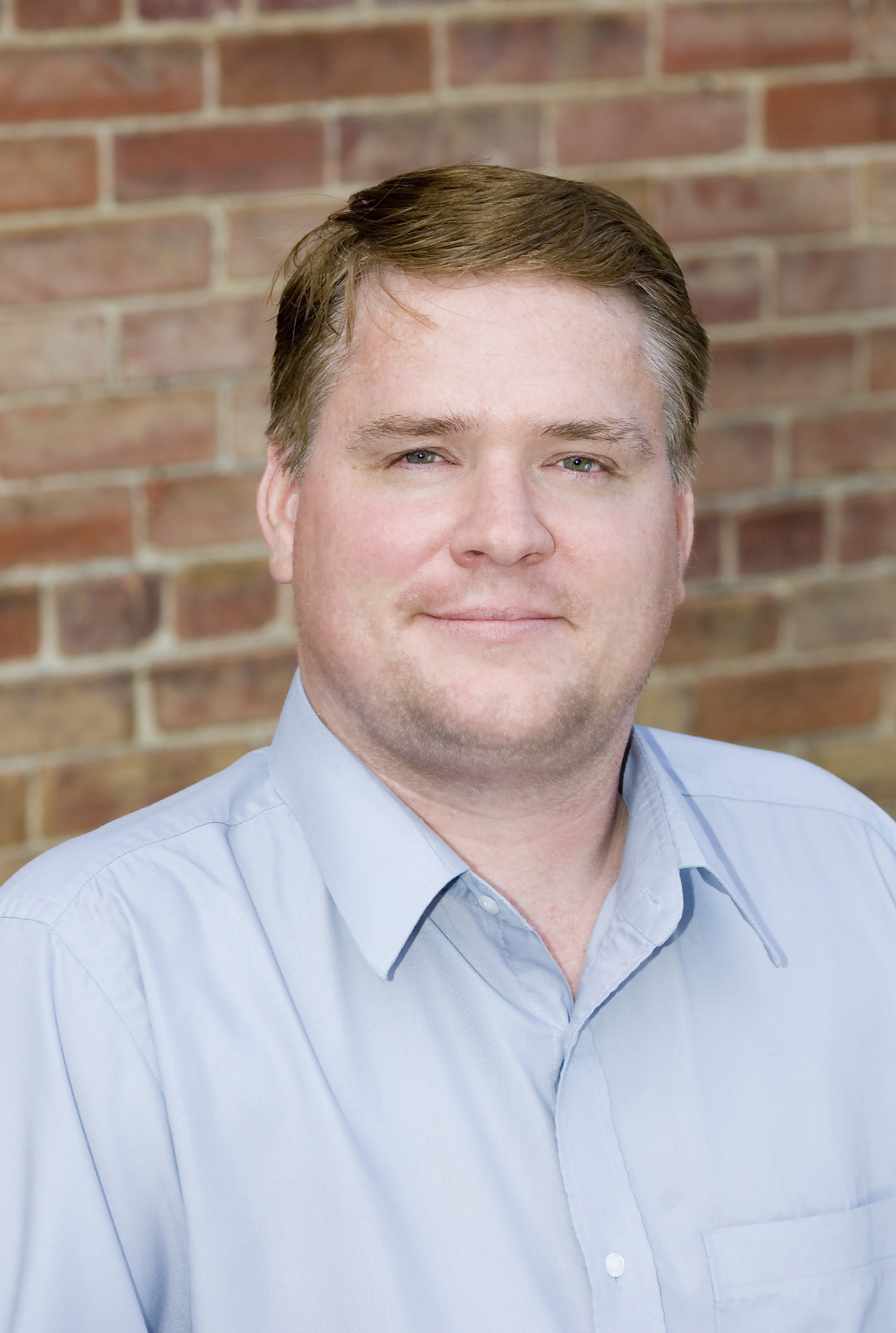Contact: Phil Hearn

STARKVILLE, Miss.--A Mississippi State professor's cutting-edge research may help scientists develop better drugs to attack bacterial infections.
The work of James L. Smith, an assistant professor in the university's biological sciences department, focuses on the development of new and more effective antibiotics designed to overcome a growing problem of bacterial resistance to many drugs now in use.
The research findings of Smith, a molecular biologist, are published in the current [Sept. 15] edition of Science. The prestigious journal of the American Association for the Advancement of Science boasts an estimated one-million readers.
The scientific paper, co-authored by Eefjan Breukink of Utrecht University in the Netherlands, is titled "An Alternative Bactericidal Mechanism of Action for Lantibiotic Peptides that Target Lipid II."
"This work opens an innovative area of possibilities of antibiotic design," said Smith, who joined the MSU faculty this past August. "Conceivably, new antibiotics that are less prone to bacterial resistance could be developed based on our findings."
Smith explained that many bacteria contain a cell wall that shields them from deadly environmental fluctuations. He said several antibiotics kill bacteria by preventing cell-wall formation through a number of distinct pathways.
Lipid II is a membrane-anchored, cell-wall precursor essential for bacterial cell-wall biosynthesis, and is the target of at least four different classes of antibiotic. Those include the clinically important glycopeptide antibiotic vancomycin, which is among popular drugs that are meeting increased bacterial resistance.
"Lipid II is responsible for carrying an essential component for cell-wall formation," said Smith. "As one would suspect, Lipid II is localized in growth zones on bacterial membranes where new cell-wall construction primarily is taking place.
"In our report to Science, we have demonstrated that the antibiotics Mutacin 1140 and Nisin will capture Lipid II and hijack it from these growth zones, thus killing the bacteria by preventing new cell-wall formation," he added.
A 35-year-old native of Watertown, N.Y., Smith had served since 2002 as project leader of the Antimicrobial Division of Oragenics Inc., a biotechnology research-and-development company based in Alachua, Fla. While there, he also conducted postdoctoral work in biochemistry and microbiology.
"Dr. Smith is a great addition to our biological sciences faculty and I'm confident he will continue his cutting-edge research, in addition to conveying his breadth of knowledge to students in both classroom and laboratory settings," said Nancy Reichert, interim head of the MSU department.
Smith received a bachelor's degree in biology and secondary science mathematics teaching from Florida State University in 1996. He also earned a master of business administration degree in finance and competitive strategy, and a doctorate in structural and functional biology, both from the University of Florida in 2002.
Founded in 1848, the AAAS is an international, non-profit organization dedicated to advancing science around the world for the benefit of all people.
The association serves some 262 affiliated societies and academies of science representing some 10 million individuals. The journal, Science, has the largest paid circulation of any peer-reviewed general science publication in the world.
NEWS EDITORS/DIRECTORS: For more information, contact Dr. Smith at 662-325-1244 or jamesleifsmith@biology.msstate.edu.
For more information about Mississippi State University, see http://www.msstate.edu/.